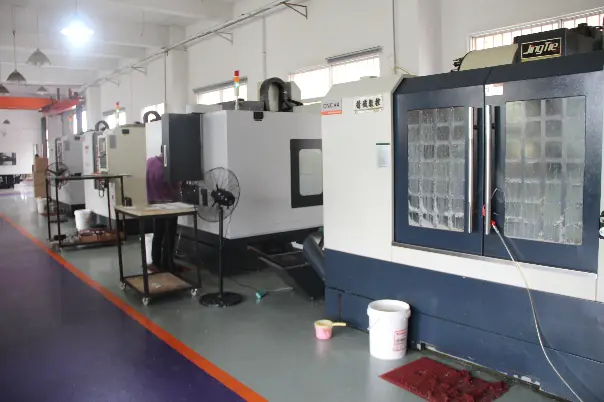In this era where user experience is highly valued, more and more mobile phone, notebook, and wearable device manufacturers have begun to make efforts on the material of the casing. From the perspective of mobile phones, the material of mobile phone casings is also gradually transitioning from engineering plastics to metals. During the evolution of the material of the mobile phone casing, many combinations have appeared: plastic and metal, glass and metal, all plastic, all glass, etc., but none of them have covered the limelight of all metal materials. From the actual touch experience, all-metal mobile phones do have an outstanding experience in many aspects, and they are better than other materials in terms of appearance and feel.
At present, the all-metal casing of 3C products is basically processed by CNC machine tools. CNC has become an indispensable device for 3C casing manufacturers due to its advantages of high efficiency, high precision, and stable processing quality.
The all-metal integrated CNC rapid prototyping process was first pioneered by Apple Inc.-the aluminum plate was die-cast from columnar solid aluminum, and was cut into a prototype of an integrated body after precision machining. As the body gradually formed, the shape of the keyboard on the body And various fine structures are milled.
So, what are the specific process steps for cnc machining of aluminum alloys?
Rough milling inner cavity
Roughly mill the outline shape of the inner cavity of the mobile phone shell, and process the inner cavity and the positioning column combined with the fixture.
Milling the antenna slot
Metal aluminum can shield the radio frequency signal of the mobile phone, and the method must be slotted to allow the signal to enter and exit the path. Therefore, milling the antenna slot is the most important and difficult step. The antenna slot must be milled uniformly, and the necessary link points must be maintained to ensure the strength and overall feel of the metal case.
Fine milling of curved surface
3D shaping of metal aluminum alloy body, usually using a CNC machining center to mill the curved surface contour, this is the most time-consuming process.
Fine milling side
The 3D arc surface of the metal fuselage was milled by CNC, but there is still a circle of redundancy on the edge. The side milling process is required, and then the prototype of the metal shell can be seen.
Polishing
The use of high-speed and precision CNC machine tools can only achieve A1-A2 grade finish. In order to meet the needs of subsequent processing, it needs to be polished to A0 level finish, before it can have a mirror effect.
Highlight
Use high-level ultra-high-speed CNC machine to cut corners. This process is also called drilling or highlight processing.
Finishing the inner cavity
After the aluminum alloy has been processed in multiple steps, the metal shell has been formed, and then excess materials such as the positioning posts used for fixture locking are removed to make the metal shell completely tidy.
Electrical conductivity milling
The conductive effect of the aluminum alloy shell after anodizing will be poor. It is necessary to remove the local anodized film to expose the metal to obtain a good grounding effect. It also needs to undergo another CNC treatment for milling the electrical conductivity.
Polishing
Polishing refers to a machining method that uses mechanical, chemical, or electrochemical effects to reduce the surface roughness of a workpiece to obtain a bright, flat surface. The conventional polishing process is mechanical polishing and chemical polishing.Mechanical polishing is performed using a high-speed precision CNC machine tool to eliminate knife marks and prepare for subsequent sandblasting.










